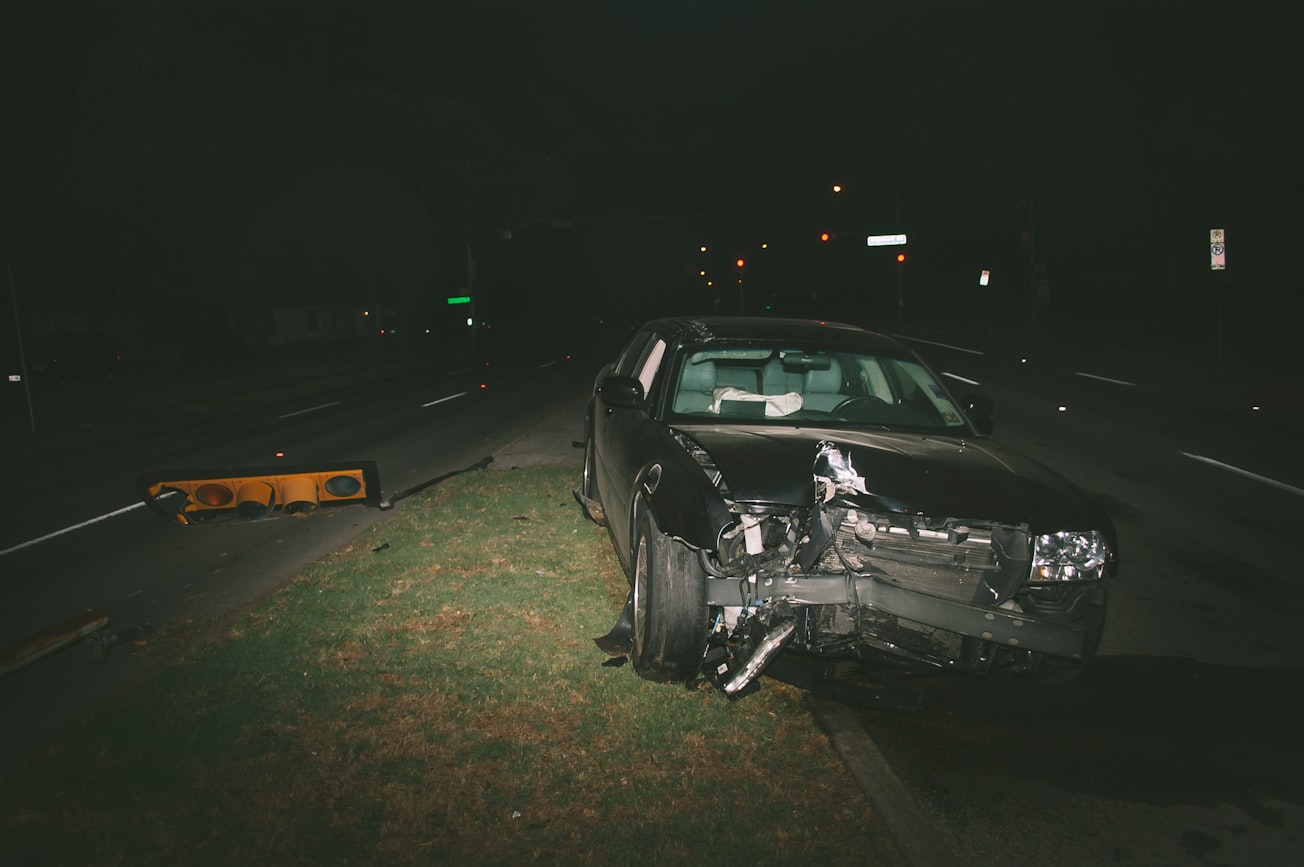What is it about?
Every accident has a cost associated with it. Road traffic accidents occur randomly along various roads, where each causes carnage and takes life. In fact, on a global scale, about 1.25 million people die from road traffic accidents (RTA) annually. Literature has it that such occurrences often carry about 3% of the national gross domestic product. Existing publications have shown that most RTAs are caused by human error, though vehicle defects, poor road infrastructure, adverse environmental conditions, changes in motorized transport trends, and random factors also contribute significantly. Consequently, reducing RTAs and their socioeconomic costs is becoming an increasingly important priority in many countries. To this end, recent studies have proposed various approaches to analyze historical RTA data using Geographic Information System (GIS) tools, so that locations with high occurrences or risk of RTA – i.e., RTA hotspots or blackspots – could be identified and ranked. Consequently, this could enable limited road engineering resources to be prioritized for remediating more critical RTA hotspots thereby reducing RTA frequency and/or severity. Despite the development of several RTA hotspot analysis methods in GIS, there have not been previous attempts by the researchers to systematically validate the performance of these methods by directly comparing with the results of road safety audit at the identified hotspot locations. A validation method that can compare the results from RTA hotspot analysis methods against those of road safety audit is therefore in demand. Recently, a group of researchers from Universiti Teknologi Brunei namely Dr. El-Said M. M. Zahran, Dr. Soon Jiann Tan, Hie Angel Tan, Nurul Amirah Putra, Dr. Yok Hoe Yap, and Dr. Ena Kartina Abdul Rahman, proposed a novel validation method for evaluating RTA hotspot analysis methods in GIS. Specifically, they developed a novel approach to validate the relative severity of RTA hotspots identified by four different hotspot analysis techniques in ESRI ArcGIS 10.2 using risk levels derived from field data collected for a safety audit of a road section in Brunei Darussalam as a case study.
Featured Image

Photo by Matthew T Rader on Unsplash
Why is it important?
In brief, the research project entailed undertaking a road safety audit for six locations along the study road section to identify the risk levels at these locations. The identified risk levels were then compared with risk levels at the same six locations computed by four hotspot analysis methods: Network KDE by SANET, KDE+, Getis-Ord Gi*, and a recently proposed risk-based method – STAA – that accounts for RTA frequency, severity and socioeconomic costs. The study introduced a novel method of validating the RTA hotspot analysis methods via risk levels determined by road safety audit. The STAA approach, by virtue of having a better validity compared to other methods, provides a promising way to prioritize RTA hotspots for remediation, and thus reducing the associated socioeconomic costs. Overall, benchmarking against risk levels from road safety audits thus provide a valuable and novel approach for validating hotspot identification methods and could enable the development of better RTA hotspot analysis methods for the improvement of road safety.
Perspectives
My research article addresses two important research questions. The first question is: which hotspot analysis method can reproduce the results of road safety audits: RTA frequency-based methods or RTA frequency- and severity-based methods?” To address this research question, the results from 3 RTA frequency-based methods, namely SANET-KDE, KDE+ and Getis-Ord Gi*, and one RTA severity- and frequency-based method, namely STAA, were compared to the results from road safety audit. The second question is: how can we compare the results from the four investigated RTA hotspot analysis methods to the results from road safety audit? To address this research question, a new validation method based on a similarity index was developed to compare the relative severity of RTA hotspots identified by each method against the relative severity of these locations derived from field data collected in a road safety audit.
Dr Elsaid Mamdouh Mahmoud Zahran
University of Nottingham Ningbo China
Read the Original
This page is a summary of: Spatial analysis of road traffic accident hotspots: evaluation and validation of recent approaches using road safety audit, Journal of Transportation Safety & Security, September 2019, Taylor & Francis,
DOI: 10.1080/19439962.2019.1658673.
You can read the full text:
Contributors
The following have contributed to this page







